Description
Understanding Stamping Molds
A stamping mold is an intricate assembly of components designed to execute various processing tasks on compatible machinery. Its primary function is to shape materials with precision through methods such as bending, pressing, deep drawing, or cutting.
Defining a Stamping Die
A stamping die is a specific tool employed in metal stamping to mold thin sheets of metal at ambient temperatures using applied pressure.
Components of a Stamping Die
A stamping die typically consists of two principal sections:
- Upper Die (Punch): This is the top part of the die, linked to the pressing mechanism, which moves vertically to exert force on the metal sheet.
- Lower Die (Die Block): The stationary base of the die that secures the material during the stamping process.
Categories of Stamping Dies
According to Stamping Methods:
- Cutting Dies: These are used to slice metal sheets via stamping and punching techniques.
- Forming Dies: These alter the workpiece shape without material removal.
According to Operational Complexity:
- Simple Die: This performs a single cutting function per press stroke, suitable for straightforward tasks.
- Compound Die: It allows for multiple cutting actions at once, providing enhanced precision but limiting the complexity of operations.
- Progressive Die: This enables a series of forming operations, gradually shaping the component through various stages.
- Transfer Die: It transports the workpiece across different forming stations, resulting in complete parts through a continuous process.
Quality Criteria for Stamping Die Production
- High resistance to wear for prolonged service life.
- Appropriate hardness and toughness tailored to specific functions.
- Material compatibility based on production scale.
- Effective lubrication to avoid defects.
- Strict oversight of mechanical characteristics like durability and wear resistance.
Applications of Stamping Dies
Stamping dies find utility in numerous sectors, including:
- Household Appliances: Items like food cans, kitchen tools, and sinks.
- Automotive: Components such as car bodies, doors, and structural parts.
- Construction: Steel frameworks and metal doors.
- Electronics: Parts for electrical equipment.
- HVAC Systems: Components for heating, ventilation, and air conditioning.
- Medical Equipment: Surgical tools and precision instruments.
- Plumbing: Fittings and parts for water systems.
- Military: Manufacturing of firearms and ammunition.
Materials Used for Stamping Dies
Common materials for crafting stamping dies include:
- SKS3: Known for its stability post-heat treatment, ideal for cutting and forming tasks.
- SKS93: A high-carbon steel suitable for small production runs, easy to machine and heat-treat.
- SKD11: Offers excellent wear resistance and minimal deformation under normal conditions.
- DC53: Features superior wear resistance and better machinability compared to SKD11.
Design and Manufacturing Process of Stamping Molds
- Force Calculation: Assessing cutting force based on sample products.
- Machine Selection: Selecting the right press machine for the mold.
- Dimension Calculation: Determining mold dimensions and height.
- Mold Design: Creating 2D or 3D models for visualization purposes.
- Machining: Fabricating the mold according to the design specifications.
- Assembly Inspection: Ensuring components are aligned correctly.
- Testing: Conducting trial runs to confirm mold accuracy.
- Evaluation & Adjustments: Making any necessary refinements to the mold.
Expert Metal Stamping Mold Manufacturing by SJ CNC
SJ CNC stands out as a premier metal stamping mold manufacturer in Vietnam, delivering high-precision custom molds through advanced machinery and software. Our stamping dies are designed for optimal accuracy, durability, and cost-effectiveness.

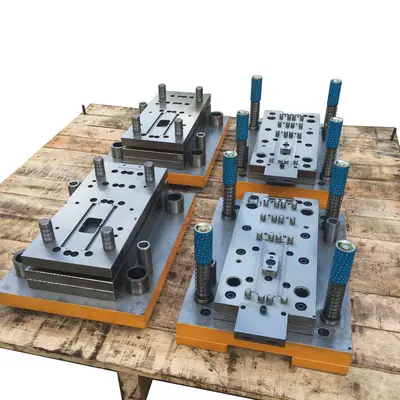
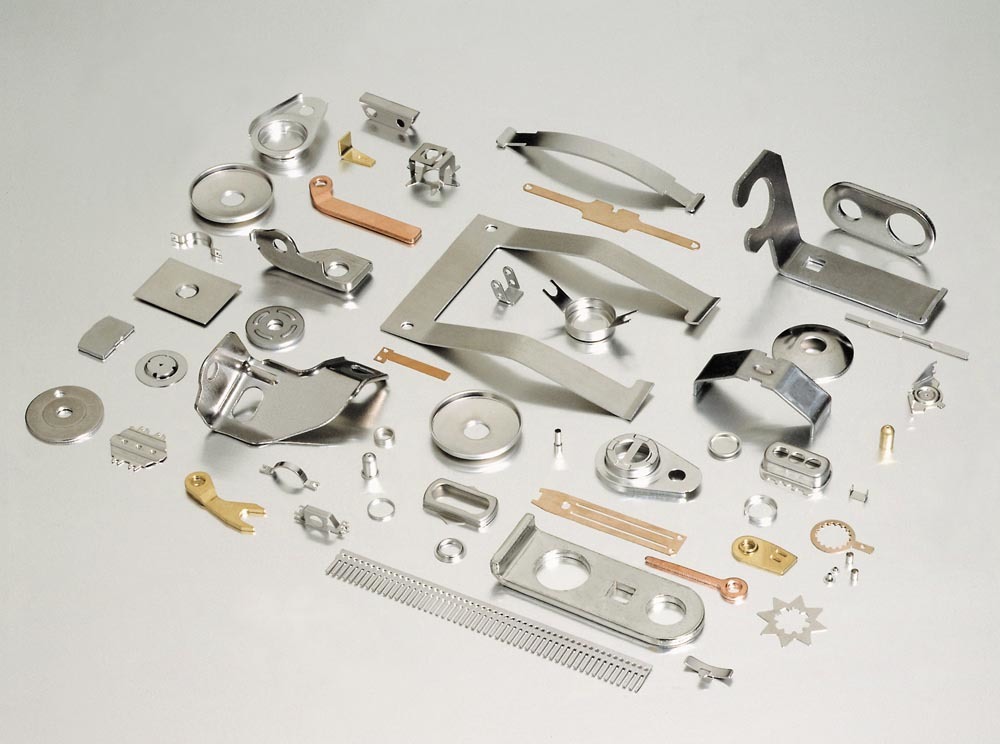
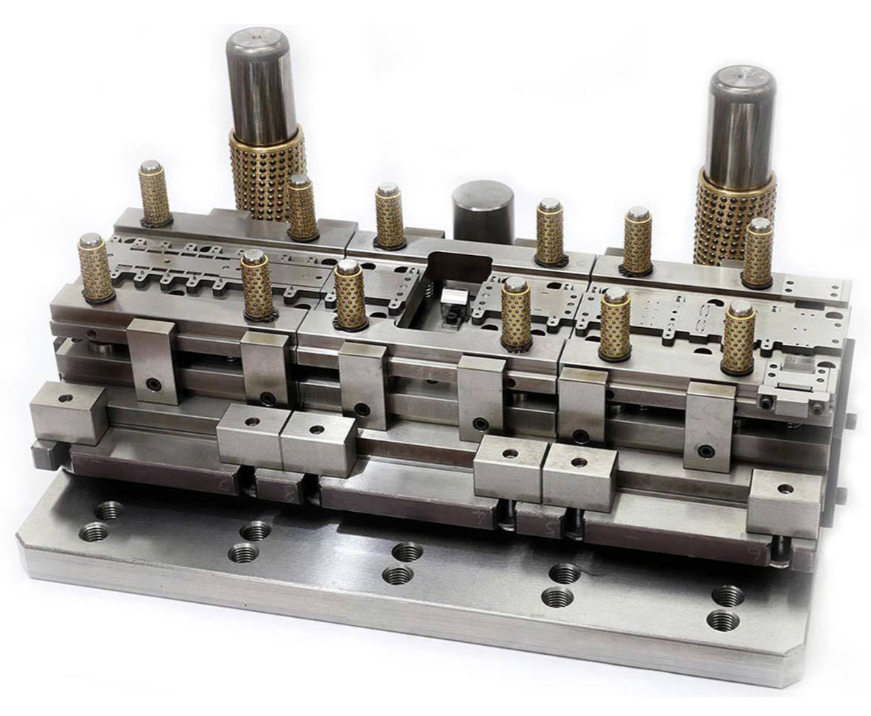
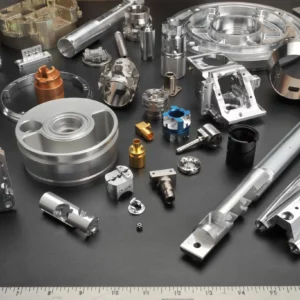
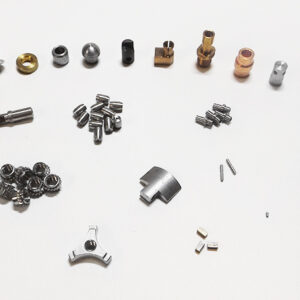




Reviews
There are no reviews yet.